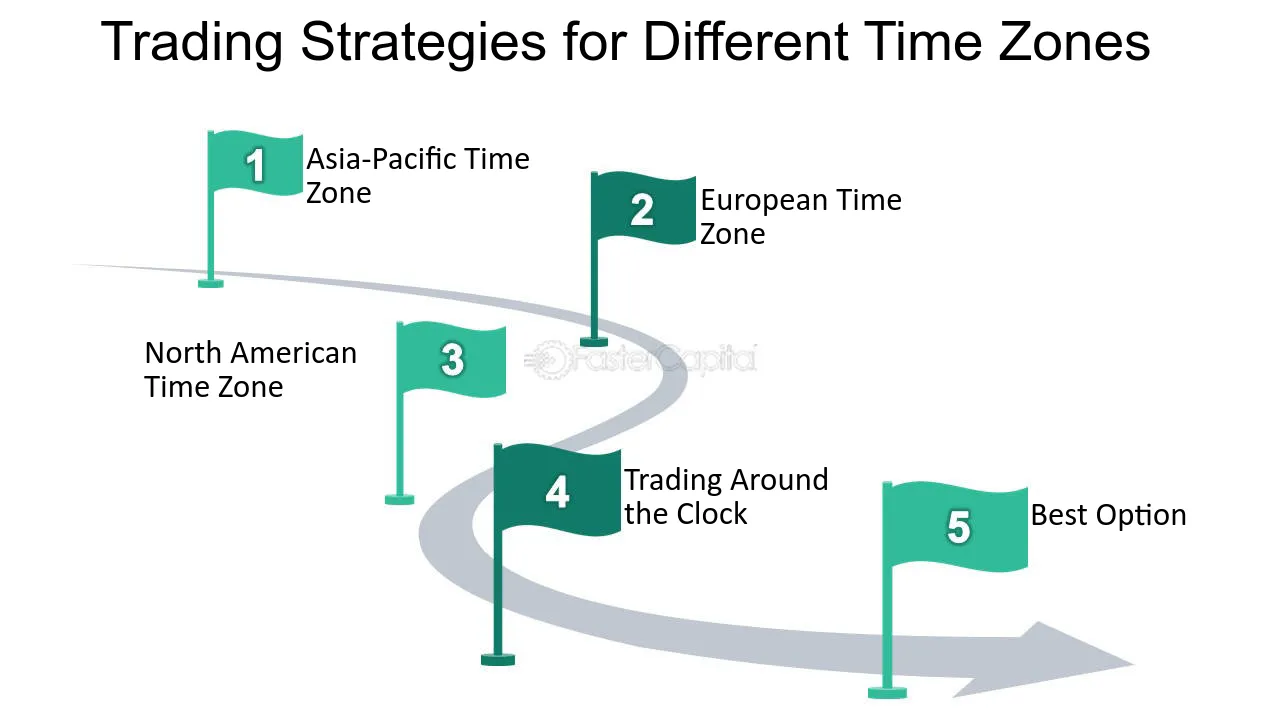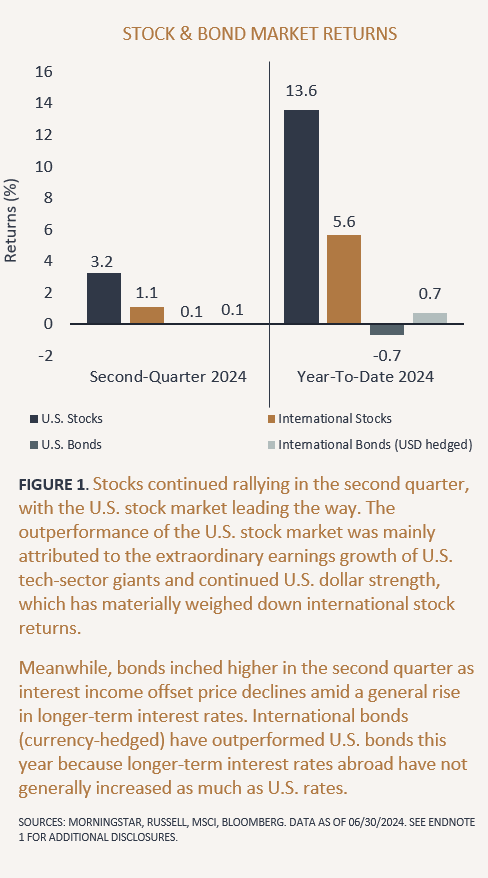Investing in the stock market can be one of the most effective ways to build wealth over time. However, success requires patience, discipline, and a strategic approach. Long-term investors benefit from compounding growth, reduced volatility, and tax advantages. Below are some of the best strategies for long-term stock investing.
1. Invest in Quality Companies
One of the most important principles of long-term investing is selecting high-quality companies with strong fundamentals. Look for businesses with:
- Consistent revenue and earnings growth
- Strong competitive advantages (moats)
- Solid balance sheets with low debt
- Experienced and reliable management teams
Companies with these attributes tend to perform well over long periods and can withstand market fluctuations better than weaker competitors.
2. Diversify Your Portfolio
Diversification helps spread risk and reduces the impact of any single stock’s poor performance. A well-diversified portfolio should include:
- Large-cap, mid-cap, and small-cap stocks
- Different sectors (technology, healthcare, consumer goods, etc.)
- International exposure
- Alternative investments like REITs or ETFs
This approach ensures that you are not overly reliant on one industry or geographic region, reducing overall risk.
3. Focus on Long-Term Growth
Instead of chasing short-term gains, prioritize stocks with long-term growth potential. Growth stocks tend to outperform over decades despite short-term volatility. Look for companies with:
- Strong innovation and research capabilities
- Expanding market share
- Increasing revenues and profitability over time
Technology, healthcare, and renewable energy sectors often provide good opportunities for long-term growth investments.
4. Adopt a Buy-and-Hold Strategy
Frequent trading can lead to high transaction costs and increased taxes, reducing overall returns. A buy-and-hold strategy allows investors to:
- Benefit from long-term compounding
- Avoid emotional decision-making based on short-term market swings
- Reduce capital gains taxes by minimizing trades
Holding stocks for decades can result in substantial wealth accumulation, particularly when reinvesting dividends.

5. Reinvest Dividends
Dividend-paying stocks offer investors a steady stream of income, and reinvesting dividends can significantly boost long-term returns. Consider stocks with:
- A strong track record of paying and increasing dividends
- Sustainable payout ratios
- Dividend reinvestment programs (DRIPs) for compounding growth
Reinvesting dividends allows investors to purchase additional shares without additional capital, enhancing long-term wealth accumulation.
6. Take Advantage of Dollar-Cost Averaging (DCA)
Dollar-cost averaging involves investing a fixed amount at regular intervals, regardless of market conditions. This approach helps:
- Reduce the impact of market volatility
- Lower the average cost per share over time
- Encourage disciplined investing without market timing
DCA is especially beneficial during market downturns, as it allows investors to buy more shares at lower prices, increasing potential gains in the long run.
7. Stay Committed During Market Volatility
Market downturns and corrections are inevitable, but long-term investors should remain patient and committed to their strategy. Key principles to remember:
- Do not panic sell during market declines
- Focus on fundamentals rather than short-term price movements
- View downturns as buying opportunities for quality stocks
Historically, the stock market has always recovered from crashes and recessions, rewarding patient investors with significant gains over time.
8. Keep Investment Costs Low
High fees can erode investment returns over time. To maximize gains, opt for:
- Low-cost index funds and ETFs
- Brokers with minimal transaction fees
- Tax-efficient investment strategies
Reducing costs ensures that more of your money remains invested and benefits from compounding.
9. Monitor and Adjust Your Portfolio
While long-term investing requires patience, it is still essential to review your portfolio periodically. Adjustments may be necessary based on:
- Changes in market conditions or economic outlook
- Company performance and fundamentals
- Personal financial goals and risk tolerance
Rebalancing your portfolio ensures that it remains aligned with your investment objectives and risk appetite.
10. Stay Educated and Informed
The stock market is constantly evolving, and successful long-term investors stay informed about:
- Market trends and economic indicators
- Industry developments and technological advancements
- Investment strategies and new opportunities
Reading financial news, books, and reports can enhance your investment knowledge and help you make better decisions over time.
Final Thoughts
Long-term stock investing is about patience, discipline, and strategy. By focusing on quality companies, diversifying, reinvesting dividends, and staying committed through market fluctuations, investors can maximize their returns and achieve financial security. Whether you’re a beginner or an experienced investor, following these strategies will help you build a strong and resilient investment portfolio for the future.






Leave a Reply